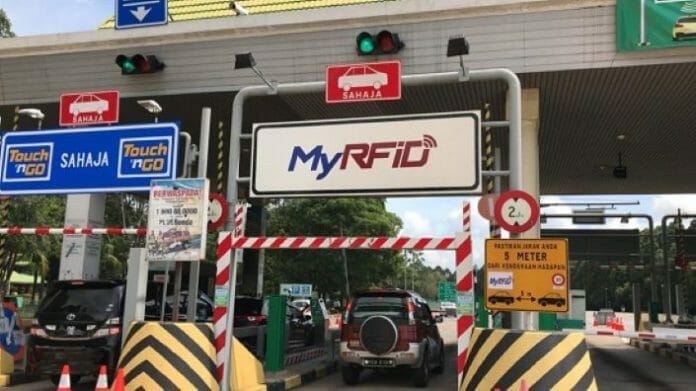PLUS Malaysia Berhad has come under fire for its poor handling of the RFID implementation which the toll concessionaire vehemently went ahead despite calls from the public to delay.
Numerous groups including highway users were against the decision in enforcing the toll lanes to switch to RFID when some of the roads had only 2 or 3 lanes with many users having not managed to install their new Touch N Go stickers.
With the blessing from Works Minister Fadillah Yusof,(he has now asked PLUS to explain to users the issues) PLUS kicked off the campaign and introduced the system effective 15 January and lo and behold all hell broke, when complaints started pouring in lanes being stuck with cars piling up. The problems were relentless from scanners not detecting the stickers, barriers not working, tolls not having RFID lanes to missing PLUS workers to assist motorists. (see BusinessToday, Not So Smooth for RFID)
Questions were put the operator on the timing, why now, when the pandemic is still not over and the recovery from recent flooding.
So now with all the lambasting, PLUS says it has doubled up the teams to assist customers at the toll plazas especially those who have just migrated to the Radio Frequency Identification technology. Additionally, it had also stated that the visibility of directional signage has been improved to increase familiarity with RFID lanes. This was one of the complaints, poor direction!
As for detection issues, for those not familiar, the scanner for RFID is located on the top beam of the lane which is supposed to capture the ID usually placed on the headlights of the car. Sometimes when a car moves too fast or if the ID has dirt or if the ID tag is downright faulty, the scanner might not detect it.
To manage this incident PLUS has for now asked its toll personnel to use a handheld device to scan the RFID tag if this happens. And if the tag still remains undetectable, PLUS will give a coupon for a full detection diagnostic at the nearest Touch ‘n Go fitment centre and if the RFID tag still has detection issues after the test, Touch ‘n Go will replace the RFID tag for free.
While motorists can be hopeful for better days commuting on the North-South expressway with these reactive measures, many Malaysians are mind-boggled on why these scenarios were not played out and tested before making these mega decisions.
The system was obviously not fool-proofed, was PLUS using the motorists as lab mice and see what are the potential problems that can crop up? Or was there a contractual obligation from vendors to migrate on the specific date regardless anyone was ready?
Why wasn’t the scanners upgraded in anticipation of higher volume, if the toll area had only the RFID option then why wasn’t the barrier ensured not to fail or have someone standby? The whole nation observing this landmark transition, why couldn’t PLUS place more staff on ground to ensure things go smoothly?
Nevertheless, the whole fiasco was pointless and could have been easily avoided.









